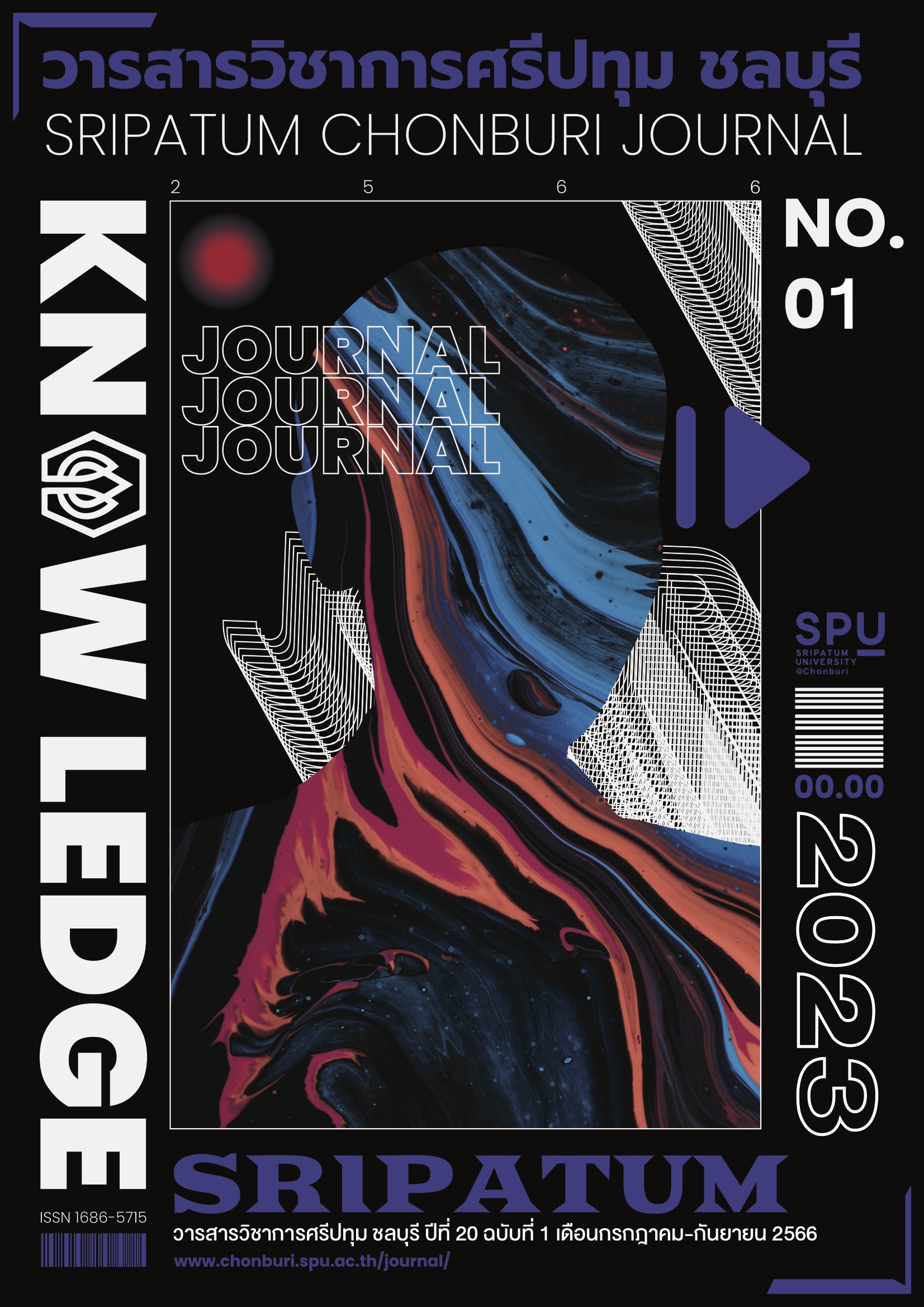SMART CITY MANAGEMENT IN LOCAL ADMINISTRATIVE ORGANIZATIONS
Keywords:
Management, Smart City, Local Administrative OrganizationsAbstract
Thailand has a total of 7,850 local government agencies consisting of 1) 76 provincial administrative organizations, 2) 2,472 municipalities consisting of 30 city municipalities, 195 municipalities, 2,247 sub-district municipalities, 3) 5,300 sub-district administrative organizations, and 4) 2 local government organizations in special format (Bangkok and Pattaya). There has been a continuous search for the development of local government organizations. One popular form is good governance, a fair government comprising the rule of law, morality, transparency, participation principles, principles of responsibility, and principles of value. Later, due to change of technology world, more approaches to development have been modified. One of the accepted methods for developing local government organizations is to develop them into smart cities, in which technology can connect information between systems and communications. Balance among economic, social, and environmental development is made, resulting in sustainable development. Smart cities have efficient management, can learn and apply new technologies to develop and improve the people’s quality of life, and connect transportation, communication, and social connections to create convenience and efficiency in people’s lives. The steps to take start from analyzing and exploring the original condition of the city before formulating a strategy and vision for urban development. Infrastructure must be developed to become a smart city. Information system to connect data from multiple sources together must be created. Data must be collected and managed to be used for ongoing analysis and urban development planning.
References
กรมส่งเสริมการปกครองท้องถิ่น. (2563). ข้อมูลจำนวนองค์กรปกครองส่วนท้องถิ่น (ออนไลน์). เข้าถึงได้จาก: http://www.dla.go.th/work/abt/index.jsp
, 11 เมษายน].
จรูญ เจริญเนตรกุล. (2564). รายงานผลการวิจัยการพัฒนาศักยภาพพื้นที่เมืองและโครงสร้างพื้นฐานรองรับยุทธศาสตร์เมืองอัจฉริยะของเทศบาลนครสงขลา
(ออนไลน์). เข้าถึงได้จาก: https://riss.rmutsv.ac.th/upload/doc/202209/Dw7gB4HsDqT3pMPX1hrN/Dw7gB4HsDqT3pMPX1hrN.pdf
, 1 พฤษภาคม].
จารุวรรณ ประวันเน. (2562). กระบวนการเปลี่ยนแปลงสู่ความเป็นเมืองอัจฉริยะ : กรณีศึกษาเทศบาลนครขอนแก่น. วารสารการบริหารท้องถิ่น มหาวิทยาลัย
ขอนแก่น, 13(3), หน้า 267-284.
ฤทัยชนก เมืองรัตน์. (2561). เมืองอัจฉริยะ : การพัฒนาเมืองยุค 4.0 (ออนไลน์). เข้าถึงได้จาก:
https://www.parliament.go.th/ewtadmin/ewt/parliament_parcy/download/article/article_20180523100916.pdf [2566, 30 เมษายน].
สำนักงานเมืองอัจฉริยะ จังหวัดฉะเชิงเทรา. (2564). SMART CITY THAILAND (ออนไลน์). เข้าถึงได้จาก:
https://www.opsmoac.go.th/chachoengsao-news-files-431391791926 [2566, 30 เมษายน].
สำนักงานส่งเสริมแศรษฐกิจดิจิทัล. (2564). การส่งเสริมเมืองอัจฉริยะ (ออนไลน์). เข้าถึงได้จาก: https://www.depa.or.th/th/smart-city-plan/smart-
city-office [2566, 16 เมษายน].
Anthopoulos, L. G. (2015). Understanding the Smart City domain: A literature review. In Proceedings of the 2015 Annual SRII Global
Conference (pp. 59-67). IEEE.
Kim, C., Galliers, R. D., Shin, N., Ryoo, J. H., & Kim, J. (2012). Factors influencing Internet shopping value and customer repurchase
intention. Electronic Commerce Research and Applications, 11(4), pp. 374-387.
Woetzel, Jonathan., & et al. (2018). Smart cities: Digital solutions for a more livable future (Online). Available:
, June 26].
Downloads
Published
Issue
Section
License
Copyright (c) 2023 Sripatum Chonburi Academic Journal (Online)

This work is licensed under a Creative Commons Attribution-NonCommercial-NoDerivatives 4.0 International License.
บทความทุกบทความเป็นลิขสิทธิ์ของวารสารวิชาการศรีปทุม ชลบุรี



